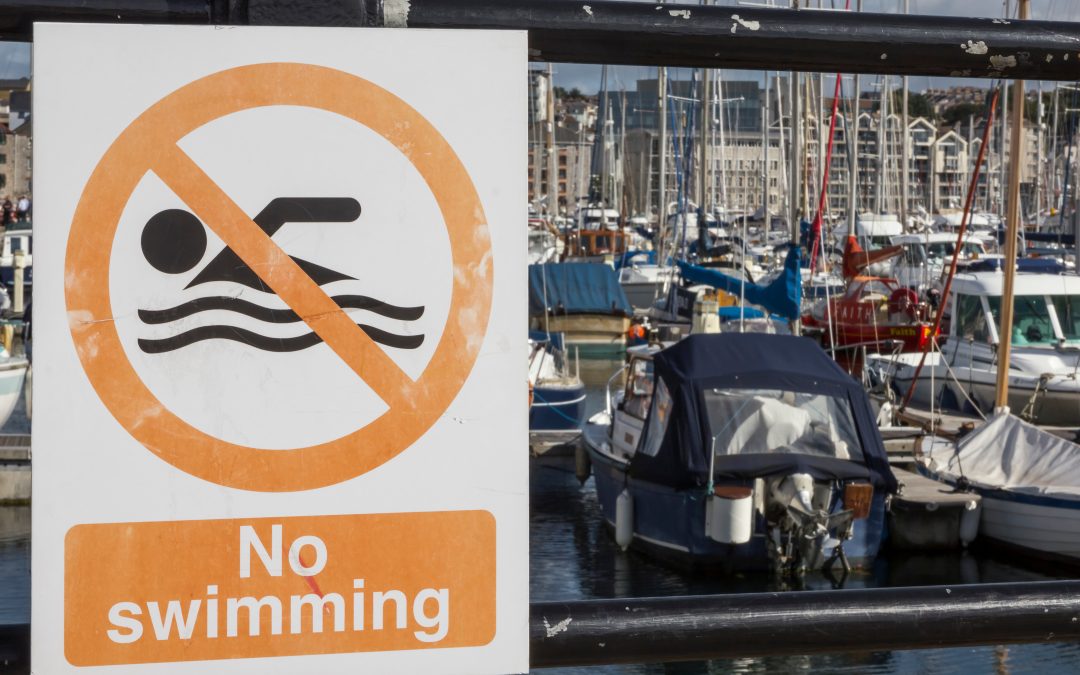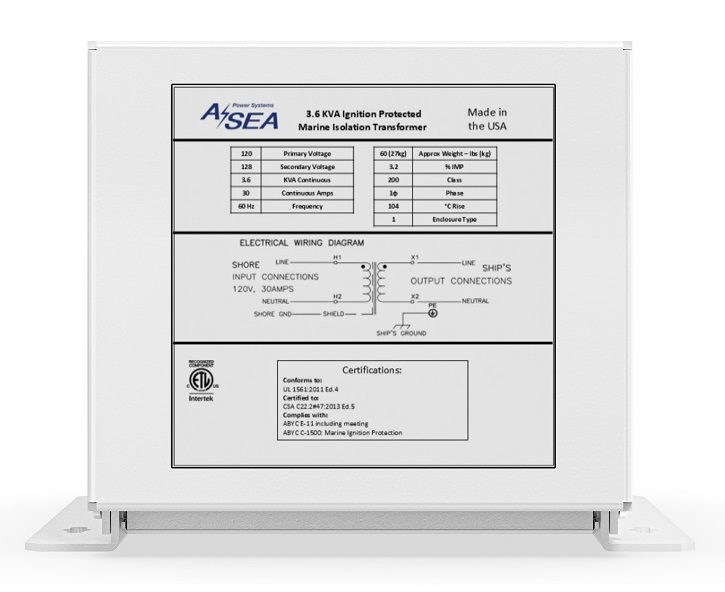As boaters, we’re careful about safety out on the water, but sometimes the potential safety issues may go overlooked when connecting to shore power. Plugging your boat into shore power connects it directly to the marina’s electrical network, which can sometimes have hidden risks. This seemingly simple connection creates multiple pathways for electrical issues to enter your vessel and interact with your sensitive electronics onboard.
Marinas serve dozens of boats simultaneously, creating a community power grid. Unlike our homes, where electrical systems are isolated and controlled, and earthing is solid, marinas combine power needs from various vessels with different electrical setups, which means your boat can be at risk if your neighbor’s boat has excessive leakages and improper earthing.
Voltage fluctuations are common especially during peak usage times when air conditioners, battery chargers, and other high-draw equipment cycle on and off across multiple vessels. These variations can put cumulative stress on sensitive onboard electronics such as navigation systems, entertainment systems, and refrigeration units which are designed to operate within specific voltage parameters and affect equipment longevity.
Stray current is another significant concern. A neighbor’s boat with improper earthing connection can leak electrical current into the water which can find a way to your boat though shared dock connection. The symptoms might be subtle, erratic behavior from electronics, unusual corrosion patterns, or mysterious battery drain making troubleshooting a bit challenging.
Galvanic corrosion accelerates dramatically when docked. This natural electrochemical process occurs when dissimilar underwater metals create a weak battery effect, causing one metal to sacrifice itself to protect another. While boats have zincs and other sacrificial anodes to manage this process, shore power connections can create additional electrical pathways that bypass these protections, potentially leading to rapid deterioration of propellers, shafts, rudders, and through-hull fittings.
Equipment longevity suffers significantly when components receive inconsistent or compromised power. Navigation systems, entertainment electronics, refrigeration, and other sensitive equipment represent substantial investments that perform better and last longer when provided with stable, clean electrical supply. Maintenance costs accumulate more quickly when electrical systems experience stress. Troubleshooting intermittent electrical problems is notoriously time-consuming and expensive, often involving multiple service calls and component replacements before underlying issues are resolved.
The Changing Regulatory Landscape
The marine industry hasn’t ignored these issues. The American Boat and Yacht Council (ABYC) has established robust standards for marine electrical systems, but compliance has largely been voluntary. That’s changing with the implementation of the National Electrical Code (NEC) 555.36 in January 2026. This new regulation marks a significant shift in how we approach marina electrical safety. It specifically requires that vessels must not trip marina ground-fault protection devices when connecting to shore power. Unlike many regulatory changes, this one comes with no grandfather provisions, meaning even older boats must comply with no implementation delays.
To enforce these standards, marinas across the country will begin testing vessels for compliance. The testing process and potential modifications vary based on boat size and complexity, with costs ranging from several hundred dollars for smaller vessels to thousands for larger yachts with extensive electrical systems. Boats that repeatedly trip marina breakers could face power restrictions or costly modifications to meet new safety standards.
Insurance companies are getting more stringent in how they assess marine risks. Vessels with electrical systems built to current ABYC standards are recognized to have less risks, potentially affecting both premium calculations and claim outcomes for electrical-related incidents. Resale value increasingly reflects electrical system condition and compliance. As regulations tighten, prospective buyers naturally prioritize vessels that already meet current standards, avoiding the uncertainty of potential upgrade costs.
The Solution
After understanding these various risks and their implications, the question becomes how to effectively address them. Marine safety experts widely recommend installing and isolation transformers built as per ABYC standard as a comprehensive solution. An isolation transformer works by receiving shore power and then creating a completely new power source for your boat through electromagnetic induction with no direct electrical connection between the shore and your vessel.
It ensures that any ground faults within the boat’s electrical system are contained, preventing them from triggering marina breakers or affecting neighboring vessels. It creates a buffer against voltage fluctuations, delivering more consistent power to sensitive onboard systems and extending their operational life. It breaks the galvanic connection between your boat and the marina’s underwater metals, significantly reducing accelerated corrosion of underwater components. This containment essentially future proofs your boat against increasingly stringent electrical safety standards like NEC 555.36.
While the initial investment may seem like a hefty expense, their comprehensive protection makes them increasingly valuable as marine regulations evolve, and electrical systems become more complex and sophisticated.
Beyond protecting your own vessel and investment, addressing shore power safety is part of a larger responsibility we share as a boating community. Electrical Shock Drowning (ESD) represents one of the most tragic consequences of stray electrical current in marinas. When we each take responsibility for our vessel’s electrical footprint, we collectively create safer marinas and waterways for everyone to enjoy.
Contact our technical specialists today to learn about ASEA’s new isolation transformer designed as per marine standards and protect your valuable investment for years to come.


